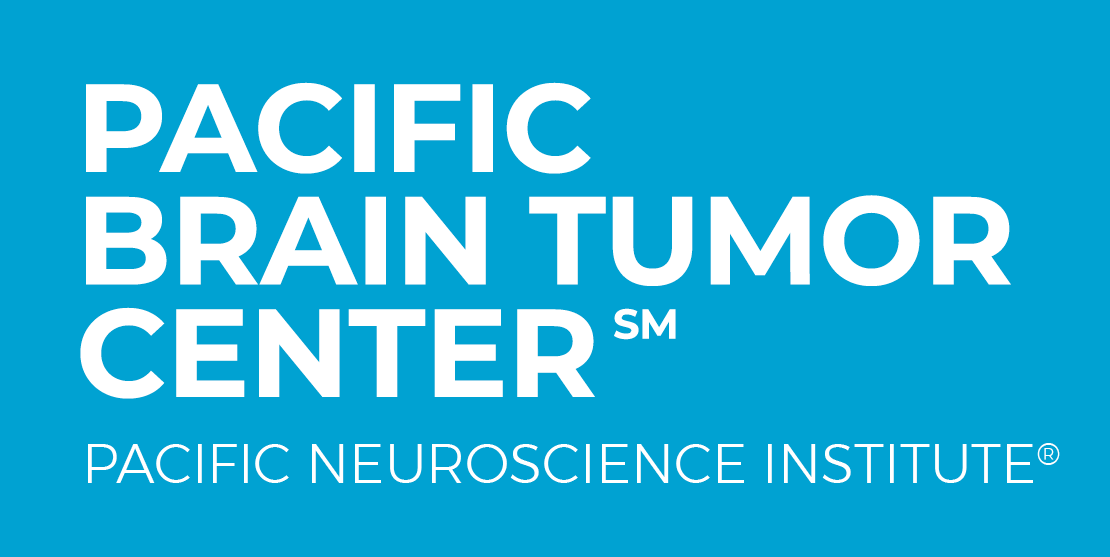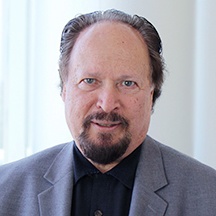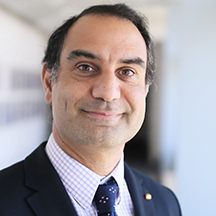Knowing Your Schwannoma Care is in the Right Hands
Superior Treatment for Patients with Schwannoma
As one of the most comprehensive brain tumor programs in the United States, the Pacific Brain Tumor Center at Pacific Neuroscience Institute (PNI) offers world-class expert care. Ranked in the top 1% of neurology and neurosurgery programs in the nation, our center’s compassionate multidisciplinary specialists provide advanced, personalized treatment while focusing on our patients’ quality of life.
Affiliated with award-winning Providence hospitals Saint John’s Health Center and Little Company of Mary, PNI neurosurgeons lead the way in advancing safer, more effective keyhole and minimally invasive endoscopic brain tumor removal approaches.
If you, a family member, or friend have a new diagnosis, require a second opinion, or have a brain tumor or skull base tumor recurrence, our expert physicians can help you understand your condition and determine an optimal treatment plan.
Think Brain Tumor. Think PNI.

Contact Us
For information about brain tumor treatment please complete the form below. We will respond to you within 12-24 hours. To speak with someone right away contact us at 213-855-2368.
Symptoms
Vestibular schwannoma tumor symptoms:
Vestibular (acoustic) schwannomas arise from one of the vestibular nerves in the internal auditory canal and initially cause hearing loss and tinnitus (ringing in the ear).
As they enlarge into the cerebello-pontine angle, they can compress the brainstem and other cranial nerves, resulting in:
- Loss of balance and coordination
- Vertigo
- Facial numbness
- Facial weakness
- Difficulty swallowing
Trigeminal schwannomas are less common than vestibular schwannomas. They generally arise in Meckel’s cave in the skull base and the pre-pontine space.
Trigeminal schwannoma tumor symptoms:
- Facial pain (trigeminal neuralgia) or facial numbness
As they enlarge, they can grow farther into the cavernous sinus or into the brainstem, causing:
- Double vision
- Loss of coordination
- Other symptoms of brainstem compression
Diagnosis
What do I do if I have these symptoms?
Schwannomas are typically diagnosed by an MRI with gadolinium or a CT scan of the brain. A focused MRI of the internal auditory canals is typically best for visualizing a vestibular schwannoma.
Other tests may also be needed such as:
- Angiography (typically now performed as a CT angiogram or an MR angiogram)
- Audiograms
Treatments
Vestibular schwannoma treatment
Treatment for vestibular (acoustic) schwannomas is by surgical removal through a keyhole retrosigmoid craniotomy or other skull base approach or by radiosurgery.
For tumors under 2.5 cm, either surgery or radiosurgery are reasonable treatment options. For tumors over 2.5 cm, surgical removal is generally recommended.
Trigeminal schwannomas treatment
Treatment for trigeminal schwannomas is typically by surgical removal through a retrosigmoid craniotomy or other skull base approach, depending upon the location.
In some patients with a vestibular or trigeminal schwannoma in whom only a sub-total tumor removal is possible, radiosurgery or stereotactic radiotherapy may be effectively used to control further tumor growth.
Chemotherapy is generally not used for treating schwannomas.
Our Physicians
Click on our award-winning physicians below to learn more about them:
Patient Experience
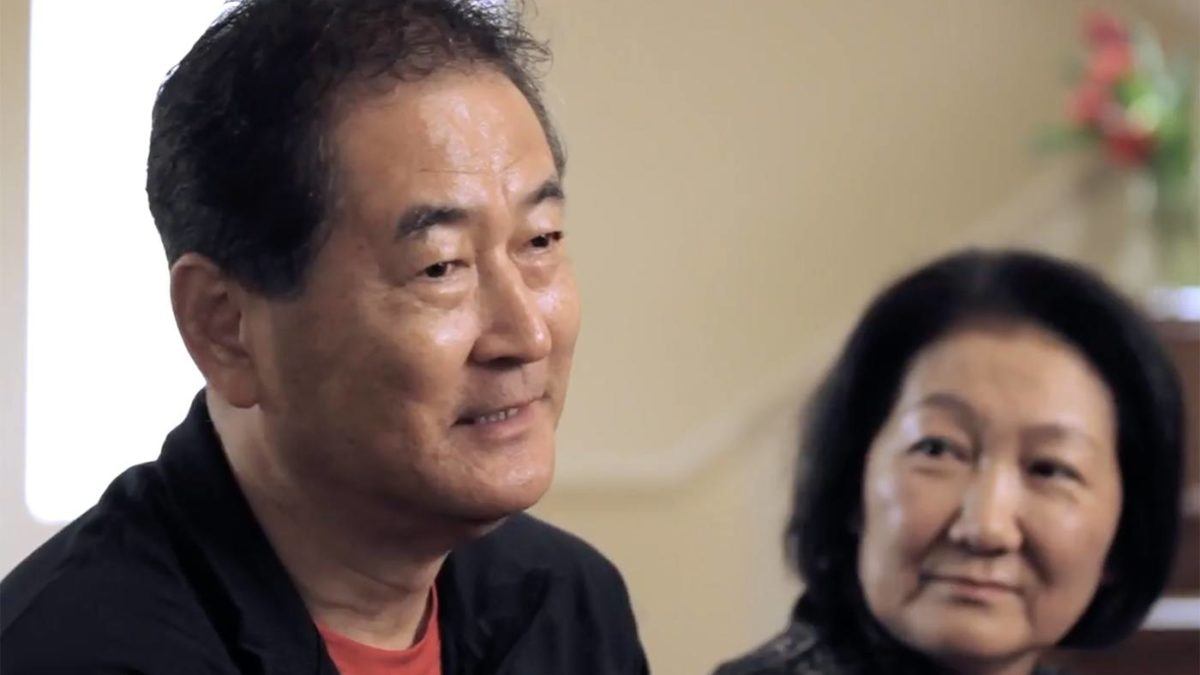 Akiko’s Story – CNS Lymphoma
Experience Akiko’s recovery from CNS Lymphoma.
Akiko’s Story – CNS Lymphoma
Experience Akiko’s recovery from CNS Lymphoma.
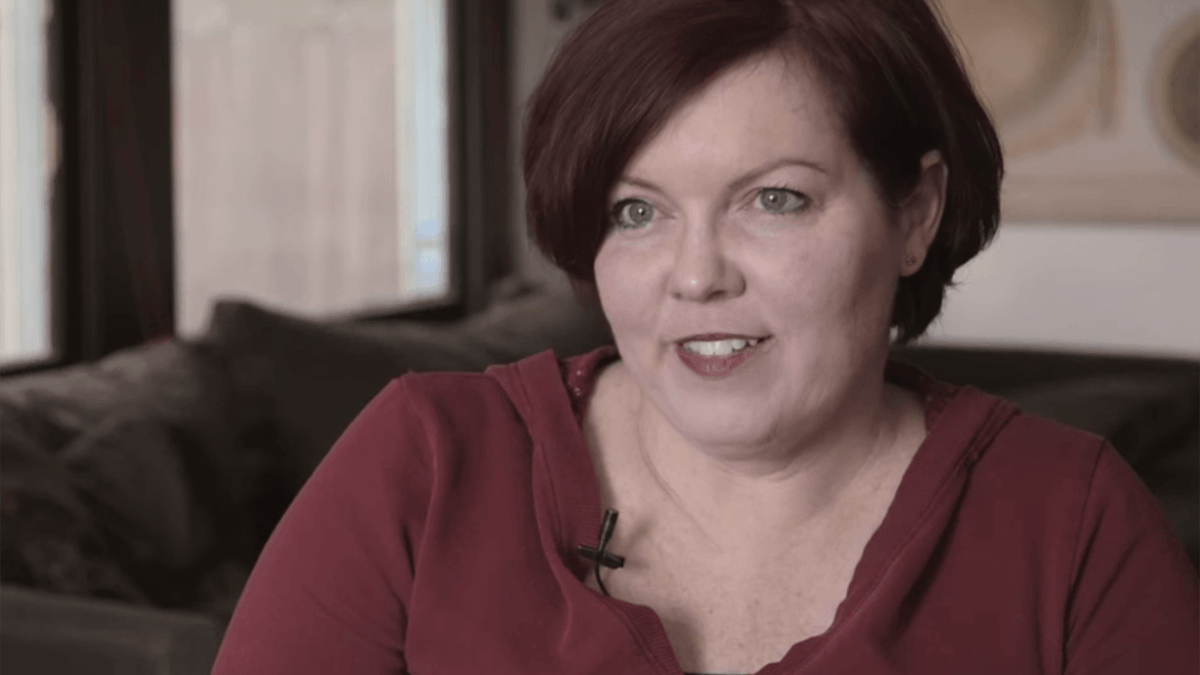 Justine’s Story – metastatic melanoma
Experience an actual account of metastatic melanoma.
Justine’s Story – metastatic melanoma
Experience an actual account of metastatic melanoma.
 Chris’ Story- Meningioma Brain Tumor
Experience and actual account of meningioma.
Chris’ Story- Meningioma Brain Tumor
Experience and actual account of meningioma.
 The Pacific Brain Tumor Center
The Pacific Brain Tumor Center
 Meet Dr. Daniel F. Kelly
Meet Dr. Daniel F. Kelly
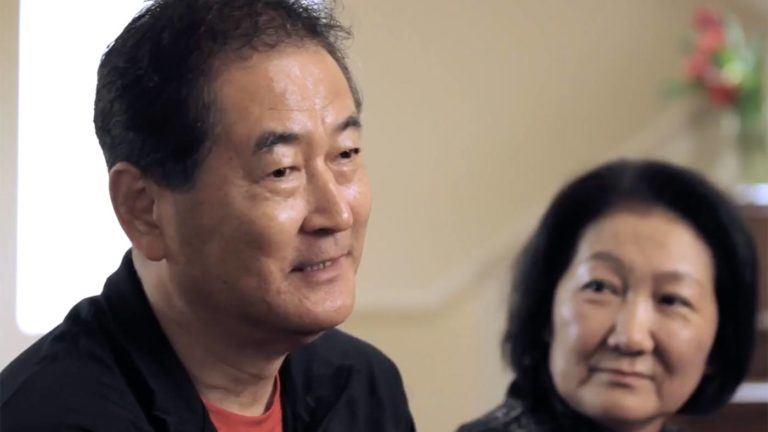
Akiko’s Story | CNS Lymphoma
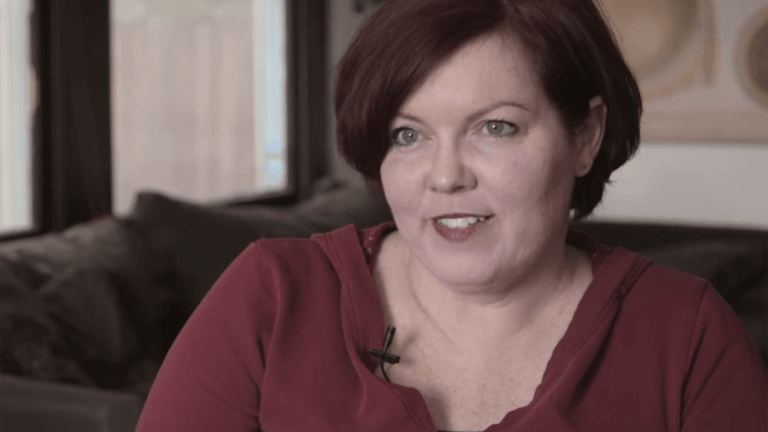
Justine’s Story | Metastatic Melanoma
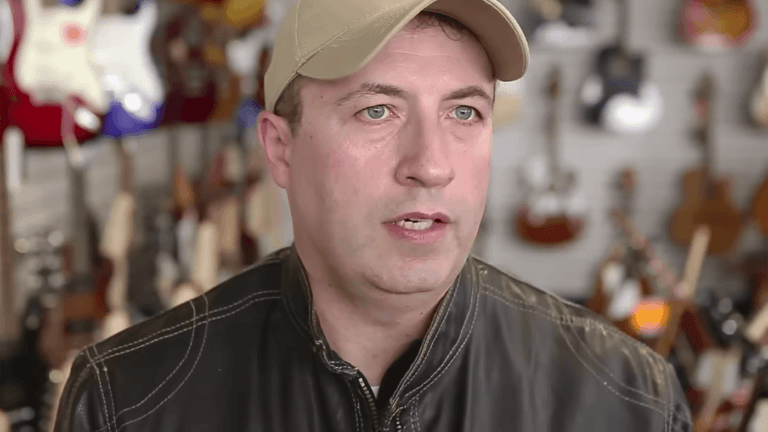
Chris’ Story | Meningioma

The Pacific Brain Tumor Center

